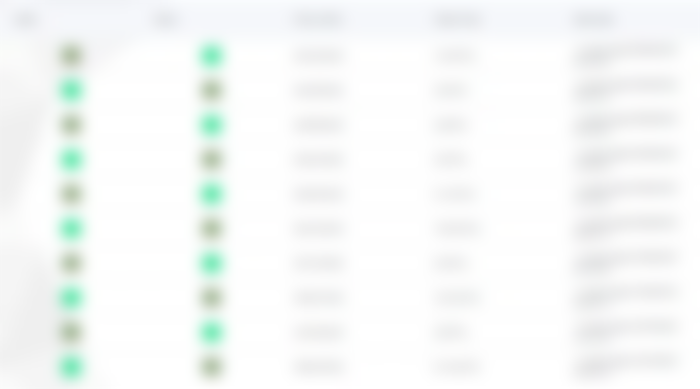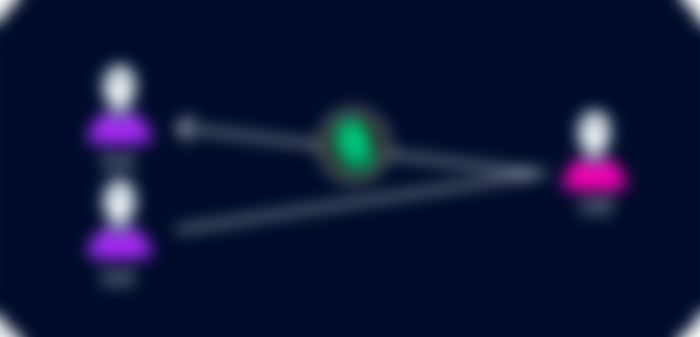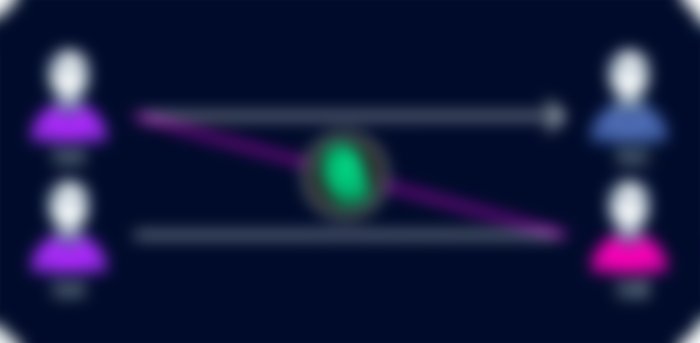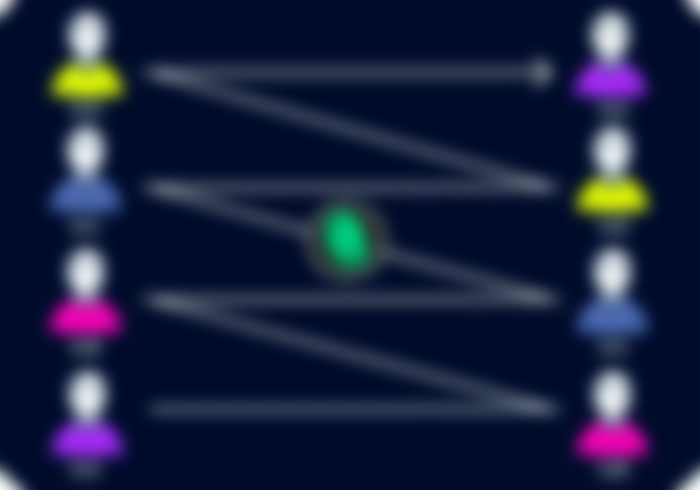With the rise of the non fungible token (NFT) market, more and more new projects are coming onto the scene. With this, it also tends to be complicated to identify whether fraud is hidden among so many initiatives, although there are some techniques to discover it.

There are a series of elements to take into account to avoid the traps set by those who swindle the unwary. This is precisely what the guide to safe practices for the NFT market, recently published by the team of the specialized site NonFungible, aims to prevent.

Thus, with the aim of encouraging good practices, the guide orients users on the steps to follow to distinguish promising projects from those that are not.
In this regard, the specialists recommend following an eight-point checklist that should be considered before making any purchase, regardless of the type of NFT the project contemplates.
1. Verify each NFT and its smart contracts.
When someone creates or mints an NFT, they execute code that is stored in smart contracts. This information is added to the blockchain where the non-fungible token is managed.
Thanks to the transparency of public blockchains, this data can be verified. It means that any interested party can see precisely what the underlying logic of a smart contract linked to a digital asset is.
To identify whether the NFT project is a fraud, NonFungible specialists recommend checking the data published on marketplaces such as Opensea to determine its legitimacy, as well as its track record.
2. Check which is the team behind the project.

The safe practices guide recommends that before purchasing NFTs users check who is behind the initiative. "Spend time exploring the section of the project where the developers present themselves, and from there do some research on the founders. Sometimes this helps to avoid terrible scams," they note.
3. Why is the NFT you are interested in valuable?
Although the question may sound somewhat trivial and the answer depends on each use case, specialists recommend answering honestly: why do you consider the NFT you are interested in to be valuable? This will lead you to rethink the reasons why you think you should have it and pay a certain portion of money for it.
In addition, the researchers invite you to check whether the digital asset is useful for something, since, among other use cases, they are also used to sell physical crafts and sculptures in digital galleries.
Another element to consider is to make a projection to determine whether the price of the NFT is likely to increase or decrease over time. This is in order to calculate whether the asset will revalue over time or whether it will devalue.
4. Is it a decentralized project?
"It is important to understand when your assets really belong to you," the NonFungible team points out in the guide. In doing so, they recall the phrase that exists in the ecosystem, which reads, "if they're not your keys, they're not your bitcoins."
In this way they alert users not to forget to keep their cryptoassets for themselves. "If, on the other hand, they are held by someone else, then they are not yours," they warn.
In the guide they also recommend considering whether a project's developers have the ability to suspend users' accounts or access funds stored in users' wallets.
They also believe that before buying NFT, the following questions should be answered: will the image, video or any other content linked to the NFT really belong to you? Is the blockchain that coined it decentralized?
5. How does the project ensure that the NFT it issues is a scarce asset?
To check whether an NFT project is a fraud, the guide recommends users to check whether there is any risk of developers launching hundreds of other assets just like it at any given time. If possible, the asset loses value as a unique product, the main characteristic of collectible non-fungible tokens.
To give a concrete example, we can refer to one of the first NFT projects, the CryptoPunks, which are 10,000 24-by-24-pixel images of various punketo characters. When they debuted in 2017, it was possible to get one just by paying an Ethereum transaction fee.
However, once 10,000 CryptoPunks were claimed, no more of these digital characters could be created. Therefore, the supply was limited from the start by the smart contract. Once put on the Ethereum blockchain, the contract was a binding agreement stating how many punks can exist.
This scarcity and limited supply, subject to increased demand, drives up the price, just as it does with bitcoin.
Market manipulation exists in the world of NFTs
NonFungible analysts warn of another enemy hiding in the world of NFTs, namely wash trading. This is a form of market manipulation in which a trader simultaneously sells and buys the same financial instruments to create a false impression of high demand.
Wash Trading has been identified in the NFT markets since 2018. It happened at a time when more than half of the trading volume was generated by a handful of Ethereum wallets trading the same assets over and over again. "It was obvious for these kinds of reasons that this was not human activity," the analysts note in the guide.
However, this deceptive practice has evolved over time, although there are methods to detect it if certain patterns are identified. Among them, the most basic is the so-called Wash Trading 101, which is one of the easiest to identify.
6. Wash Trading 101
Wash Trading 101 occurs when a buyer and a seller exchange the same asset with each other in an insistent manner. It is characterized by very high NFT prices and precise intervals between each sale, such as every 2 hours, for example. Also, the price of the asset may stay the same over the course of different transactions, or it may go down slightly, so that gas costs are factored into the equation.

The safe practice guide for the NFT market shows the characteristics of Wash Trading 101, in which the user identified in the image as 0xA sells an asset at 0xB. Then, the same asset is shortly resold at 0xA.
This transaction can be performed multiple times using the same addresses. In some cases the asset is traded tens or hundreds of times between the same two portfolios.
Analysts show a movement that allowed them to detect Wash Trading 101 mode. It happened in July 2019 when two users traded the same asset at least about 10 times. During this process the price of NFT gradually decreased over time from 2.14 to 1.9 ethers (ETH).

Although Wash Trading 101 describes a procedure to manipulate the market between two actors, it can also include other participants, who buy and sell the same asset from each other.
7. The pattern of the best-selling creator
Some NFT content creators use a manipulation practice to give the false impression that they are in high demand. This occurs when an actor identified as 0xA, sells an asset to 0xB, but immediately afterwards the buyer returns it to 0xA for free so that the latter resells it to a third participant, in this case 0xC.

This pattern is unique because it artificially inflates the sales volume of a creator, as can be seen, because it sells each asset twice.
8. The tornado technique
The tornado technique is also used by NFT creators who pretend to have many sales. In this case user 0xA sells an asset to 0xB, but then the same asset is sold between different wallets. Finally, the NFT returns to 0xA once 0xA buys it back.

"This pattern presents a very interesting opportunity to identify addresses that are involved in manipulation of trading activities," NonFungible analysts point out.
Although there are other, more complex patterns of market manipulation, they are all characterized by trading the same NFT among a group of individuals. However, at this point it is necessary to point out the observation made by the analysts to take into account, since there is always the doubt that this type of operations happens between several actors by coincidence, without this in itself representing that there is market manipulation.
There are also other elements to consider, such as the fact that the participation of many wallets does not always mean that behind them there is an equal number of people involved.
Let us also remember that we are dealing with wallets and not necessarily humans. In other words, behind an advanced pattern, which includes a dozen wallets, it is quite possible that in practice it is only one or the same person.
In any case, as well as the safe practices guide provides data to help users protect themselves while operating in the NFT market, the following are some of the most important aspects of the NFT market.






